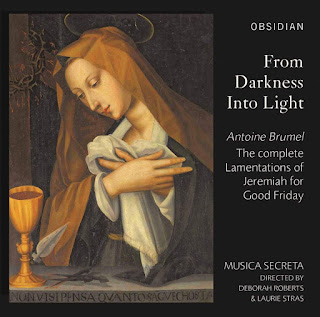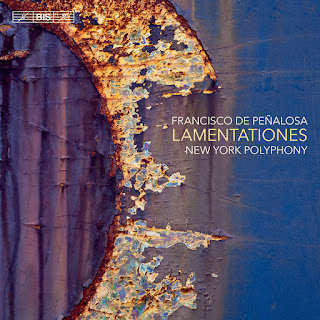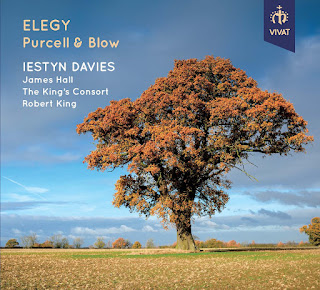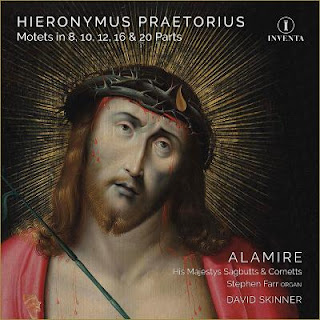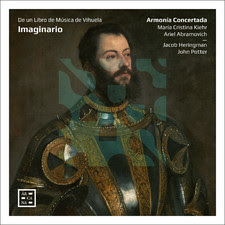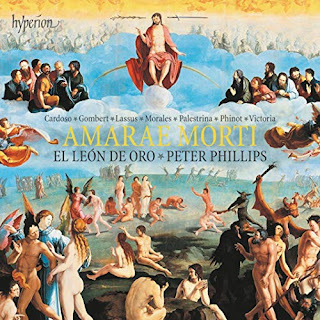Search This Blog
Early music and more by Edward Breen
Where possible, review entries are linked to their original publication.
Posts
Showing posts from 2019
Nowell synge we bothe al and som
- Get link
- Other Apps
Antoine Brumel: From Darkness Into Light
- Get link
- Other Apps
Gesualdo: Madrigali, Libri primo & secondo
- Get link
- Other Apps
Josquin des Prés: Missa mater Patris
- Get link
- Other Apps
Air Music: Tales of Flying Creatures and Heavenly Breezes
- Get link
- Other Apps
Recording of the month: Anamorfosi
- Get link
- Other Apps
BLOW; PURCELL Countertenor duets (Davies & Hall)
- Get link
- Other Apps
Guillaume de Machaut: The single Rose
- Get link
- Other Apps
Hieronymus Praetorius: Motets in 8, 10, 12, 16 & 20 Parts
- Get link
- Other Apps
LEONARDO DA VINCI La Musique Secrète
- Get link
- Other Apps
Imaginario: De un libro de música de vihuela
- Get link
- Other Apps
Love is Come Again: Music for the Springhead Easter Play
- Get link
- Other Apps
‘Ibn Battuta’ ‘The Traveler of Islam
- Get link
- Other Apps
Amarae Morti: Lamentations and Motets
- Get link
- Other Apps

